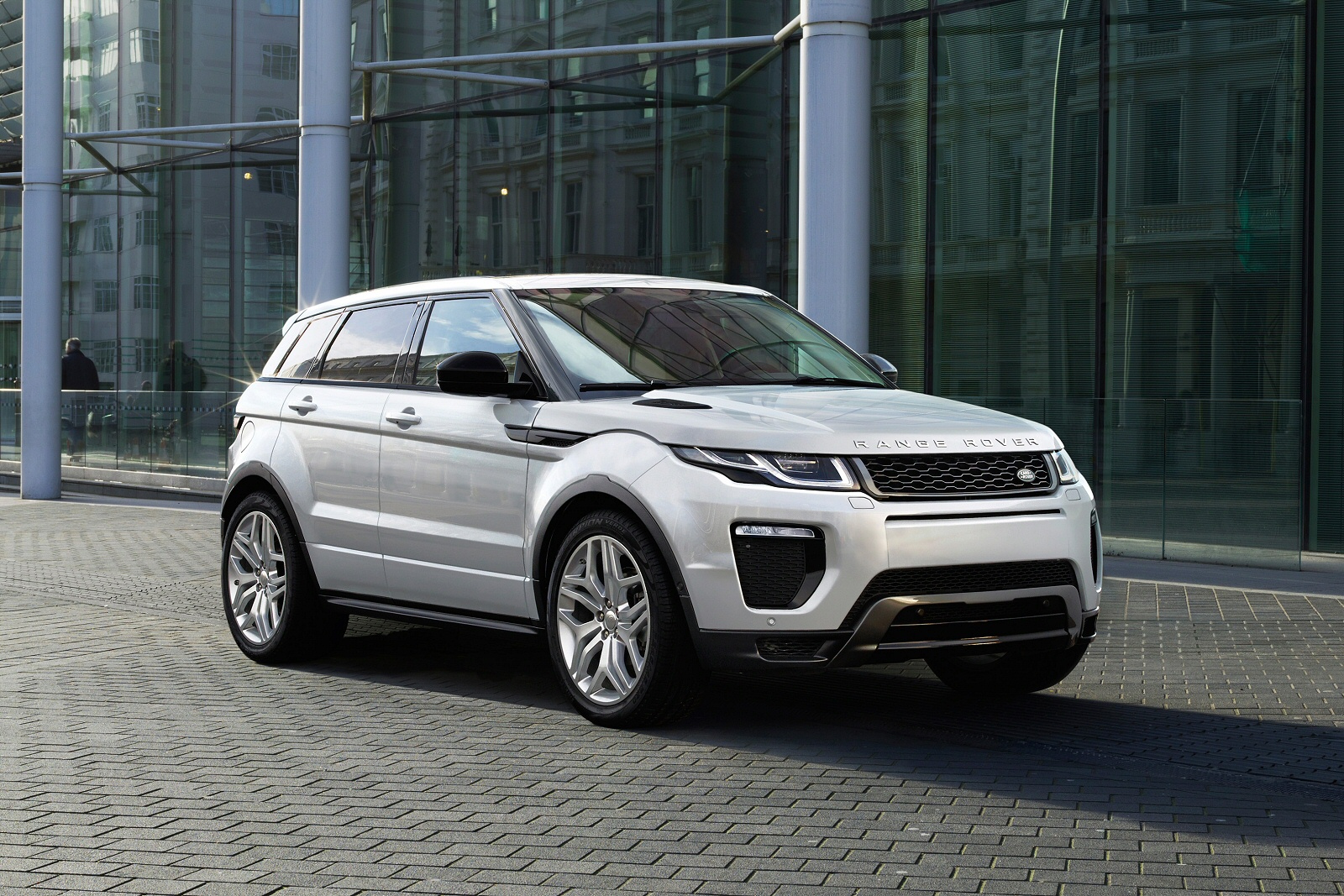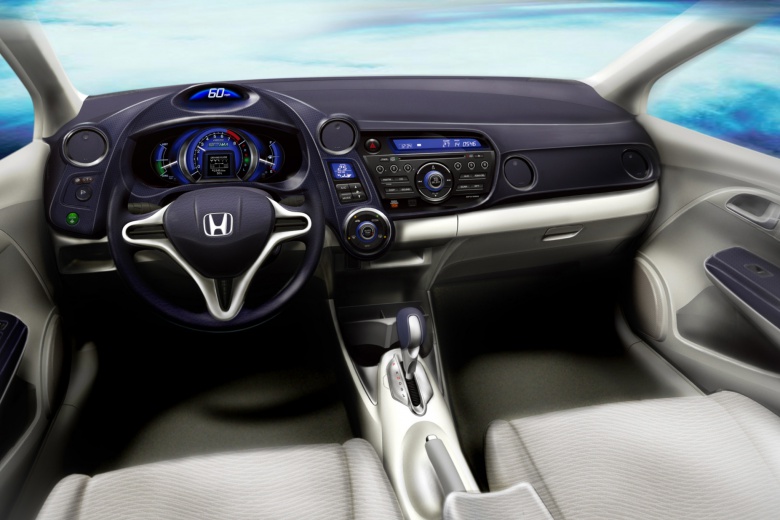The Ford F-150 is by far America’s best-selling half-ton
pickup, and it’s something of an institution in parts of the country.
As popular with fleet buyers looking to get the best bang
for their buck from a rugged truck and those who want something flashy that
won’t look at out of place driving up to, say, the tony Ritz-Carlton in Dallas,
the F-150 has one of the broadest buyer bases imaginable.
Though it’s not all-new for 2018, the Ford F-150 sees some
big improvements over its predecessor. Ford took the opportunity to not only
make its best-selling truck look a little fresher inside and out, it revamped
the pickup’s engine room with new gas and, for the first time, diesel engines,
and it brought a bunch of big safety upgrades to the table.
The biggest news is a new 3.0-liter turbo diesel V-6 engine,
which should help the F-150 square off well against the popular Ram 1500 Eco
Diesel. Ford hasn’t announced fuel economy for the F-150 diesel, but Ram’s up
to 29 mpg is a lofty target to be sure.
But Ford hardly ignored the truck’s gas engine lineup. A new
3.3-liter V-6 replaces last year’s 3.5-liter as the truck’s base engine. Its
282 horsepower and 253 pound-feet of torque, but the new engine makes use of
direct injection that should reduce fuel consumption.
Next up is a new 2.7-liter twin-turbo V-6 that Ford says
will be both more powerful and less thirsty than before. The automaker also
revised the optional 5.0-liter V-8, which although declining in popularity
against the boosted V-6s has been a solid choice for many buyers (a 3.5-liter
twin-turbo V-6 is largely carried over into 2018).
For 2018, all of those engines except the base V-6 are mated
to a new 10-speed automatic transmission co-developed with General Motors.
Rivalries only go so far, it turns out.
The F-150 looks fresher inside and out for 2018, with new
front and rear end styling and detailing plus a choice of 6 revised wheel
designs in diameters ranging from 17 to a hefty 22 inches. The truck’s interior
has some new colors and some switchgear has been revised. A high-end B&O
Play audio system has been added to the options list.
Depending on the trim level, the F-150 will now be available
with automatic emergency braking with pedestrian detection and adaptive cruise
control that can bring the truck to a stop in traffic and then start up once
the vehicle ahead begins to move.
Ford F-150 history
Although Ford had previously built passenger-car-based
trucks, the company sold its first true full-size pickups in 1948. Throughout
much of the next decades its F-Series pickup trucks came with 6- or 8-cylinder
engines; 3-, 4- and 5-speed manual transmissions; and a single two-door body
style. By 1960, the "F-100" had been christened at the entry level,
with F-250 and F-350 versions available with an early kind of four-wheel drive.
As most trucks of the era were designed as "flare side" models, Ford
added a plain-sided Style side version that would dominate sales from then on.
For the fourth-generation F-100, Ford added a
"Ranger" trim level and briefly built some trucks with unibody
construction, returning to body-on-frame designs in the mid-1960s. Four-door
models were offered, as were versions that adopted camper tops easily. A fifth
generation arrived in 1967, with plainer sheet metal but the essential truck
features intact: V-8 or inline-6, two- and four-door body styles, and payload
capacity into heavy-duty territory. The sixth-generation truck is known
primarily for adding the 302 V-8 to the lineup, spawning a new two-door Bronco
SUV, and bringing the F-150 badge to the lineup; the latter was a
higher-payload version of the existing F-100.

The F-150 grew more upright and more capable in the next
three generations of trucks sold from 1980 to 1996. Diesel engines and new
automatic transmissions joined the lineup, and the Ranger name was split into
its own compact-pickup truck lineup. An "Explorer" trim level joined
the F-150 lineup and would be spun off into its own SUV range in the same
decade. In the eighth-generation truck that arrived in 1987, fuel injection
became the norm, and flare side bodies went away for a time; rear anti-lock
brakes were standard, for the first time on a full-size pickup truck. The
ninth-generation truck went on sale in 1992 and brought with it a driver-side
airbag and slightly smoother styling.
The 10th-generation F-150, sold from 1997 to 2004, marked a
sea change in pickup trucks. Ever more the choice of commuters and daily
drivers, the F-150 grew far more shapely and rounded in this
generation—mimicking the lines of some of Ford's passenger cars. The old,
squared-off truck was continued for a while, until Ford could tell if
pickup-truck drivers would approve of the new looks. They did: The F-Series
retained its best-selling title and grew even more popular. New engines came
with the new body style, including versions of the Ford "modular"
4.6-liter and 5.4-liter V-8 that would prove very durable. The usual two- and
four-door and extended-cab versions were available, as were four-wheel drive
and a 4-speed automatic, along with heavy-duty F-250 versions. Special editions
introduced in this generation included the SVT Lightning, the Harley-Davidson
F-150, and the King Ranch edition. Safety ratings were poor, though, and while
this F-150 had good reliability, its cruise-control system was involved in a
major recall for the potential of causing a fire. This F-150 spawned a
short-lived Lincoln Blackwood version, along with the longer-living Ford
Expedition and Lincoln Navigator SUVs.

The 11th-generation F-150 arrived in 2004 and began to
revert the truck's shape to its more angular past. A more upright grille and
more squared-off window openings were the hallmarks of the design. While it
didn't change much mechanically, it did introduce standard curtain airbags and
stability control to the full-size pickup range at Ford. The company put
special attention into reducing the truck's cost and complexity, making it
easier to build—and even more reliable. By some measures, it was considered the
most reliable pickup truck ever built. Ford attempted another Lincoln pickup
from this generation—the Lincoln Mark LT, which likes the Blackwood before it,
was a sales flop.
The last of a long line
The 12th generation of the Ford F-150 arrived in 2009, with
its sheet metal even more crisply folded than earlier models—bearing many cues
of a Ford F-350 Tonka concept truck from the late 2000s. The 12th-generation
F-150 wore a very large, very bright, very tall grille to emphasize its
"truck"-ness. It's somewhat redundant, since the F-150 was one of the
most capable towing and hauling light-duty trucks available in America.
In 2011, the F-150 received its most comprehensive
powertrain update. To go with its cutting-edge technology—including Bluetooth,
SYNC voice control, even ventilated front seats—the F-150 gained four new
engines, all teamed with a 6-speed automatic transmission. A 302-horsepower V-6
rejoined the lineup for the first time in more than a decade, and delivers the
F-150's best gas mileage, at 17/23 mpg; turbocharging a version of the engine
created the Eco Boost, with 365 horsepower and a towing capacity of 11,300
pounds. A 5.0-liter V-8 with 360 hp brought Mustang-style engine noises to the
full-size truck, along with 15/21-mpg fuel economy. Finally, there was a
6.2-liter V-8, with 411 hp and 13/18 mpg fuel economy, offered in the most
upscale F-150s as well as the off-road Raptor.
For the 2012 model year, Ford added a new automatic
all-wheel-drive mode to some 4x4 F-150s, and swapped out limited-slip
differentials for an electronically simulated limited-slip function. Then on
the 2013 Ford F-150, the automaker added MyFord Touch's suite of voice,
steering-wheel, and LCD touchscreen controls to the pickup, with other minor
changes to the front end, including high-intensity discharge headlamps to some
models. The King Ranch model returned as well, with a new black interior choice
and standard MyFord Touch, for a base price of more than $44,000.
In this generation, the F-150 came in a host of cab, bed,
powertrain, and suspension variations. Three cab configurations with multiple
wheelbases and box lengths each were offered, providing choices to satisfy just
about any trucker's need with the F-150. Properly outfitted, this F-150 could
tow 11,300 pounds—while earning top crash-test scores (including IIHS Top
Safety Pick status and a "Good" rating in the roof-strength test).
Unlike GM's pickups, there was no Hybrid edition, and the F-150 fell behind the
Ram's excellent ride quality. However, this F-150 had a well-built cabin,
excellent shift quality and comfortable seats—as well as the off-road-ready
Raptor model and some of the most up-to-date luxury features found on any
truck.
Over the years, the F-150 has been mechanically related to
the Ford Expedition and Lincoln Navigator, though those SUVs now only share
powertrains with the trucks.
Switch to aluminum in 2015
It may not have looked all that different from the outgoing
F-150, but in 2015 Ford updated its truck with an aluminum body designed to
save weight—and thus increase fuel economy. It was one of the boldest moves
ever made in the pickup segment. In many ways, the 2018 is a major update of
the 2015.
Inside, the look was not a great departure from previous versions
of the pickup, though there was a new level of upscale design and nicer
materials on premium trims. Blocky shapes and sturdy structures were the visual
theme to back the F-150’s chosen mission. Ford also added a long list of
standard and optional features, including massaging seats, a surround-view
camera system, and several nifty in-bed storage solutions.
Engines were another area of innovation for the F-150. Four
engines were available from the start, and while three were familiar, the new
2.7-liter EcoBoost V-6 was an unusual choice; Ford saw it as the go-to for gas
mileage in the new F-150. Also available was an updated 3.5-liter V-6 engine,
which replaced the outgoing truck's 3.7-liter, as well as the familiar
3.5-liter EcoBoost V-6 and 5.0-liter V-8.
The F-150’s front suspension is a coil-on-shock independent
arrangement, while the rear retains the Hotchkiss-type solid axle riding on
leaf springs and outboard shock absorbers. The rear suspension got a
significant rework, however, with a switch to staggered shock placement among
other changes. Improved electric-assist power steering and four-wheel-vented
ABS disc brakes round out the key mechanical specs.
Ford used the 2015 Detroit auto show to announce a new
Raptor based on the aluminum F-150. The new super-truck, which arrived in the
2017 model year, featured an upgraded suspension, a new four-wheel-drive
system, and a high-output Ford Performance 3.5-liter EcoBoost V-6 that makes
more power and torque than the outgoing 6.2-liter V-8 engine. Ford says the
second-generation truck weighs 500 pounds less than the previous Raptor, as
well.
Ford also announced that the F-150 is being available with
natural-gas and propane fuel options. Beginning with the 2016 model year, the
F-150 equipped with the 5.0-liter V-8 is available with a gaseous-fuel prep
package. Vehicle up fitters will then be able to install the necessary tanks
and other hardware to convert the truck after sale.
For 2017, Ford outfitted its top-end F-150 models with a
next-generation version of its 3.5-liter EcoBoost engine, which added 10 hp and
50 lb-ft of torque. It paired the new engine with a new transmission too: a
10-speed automatic jointly developed with General Motors.
















